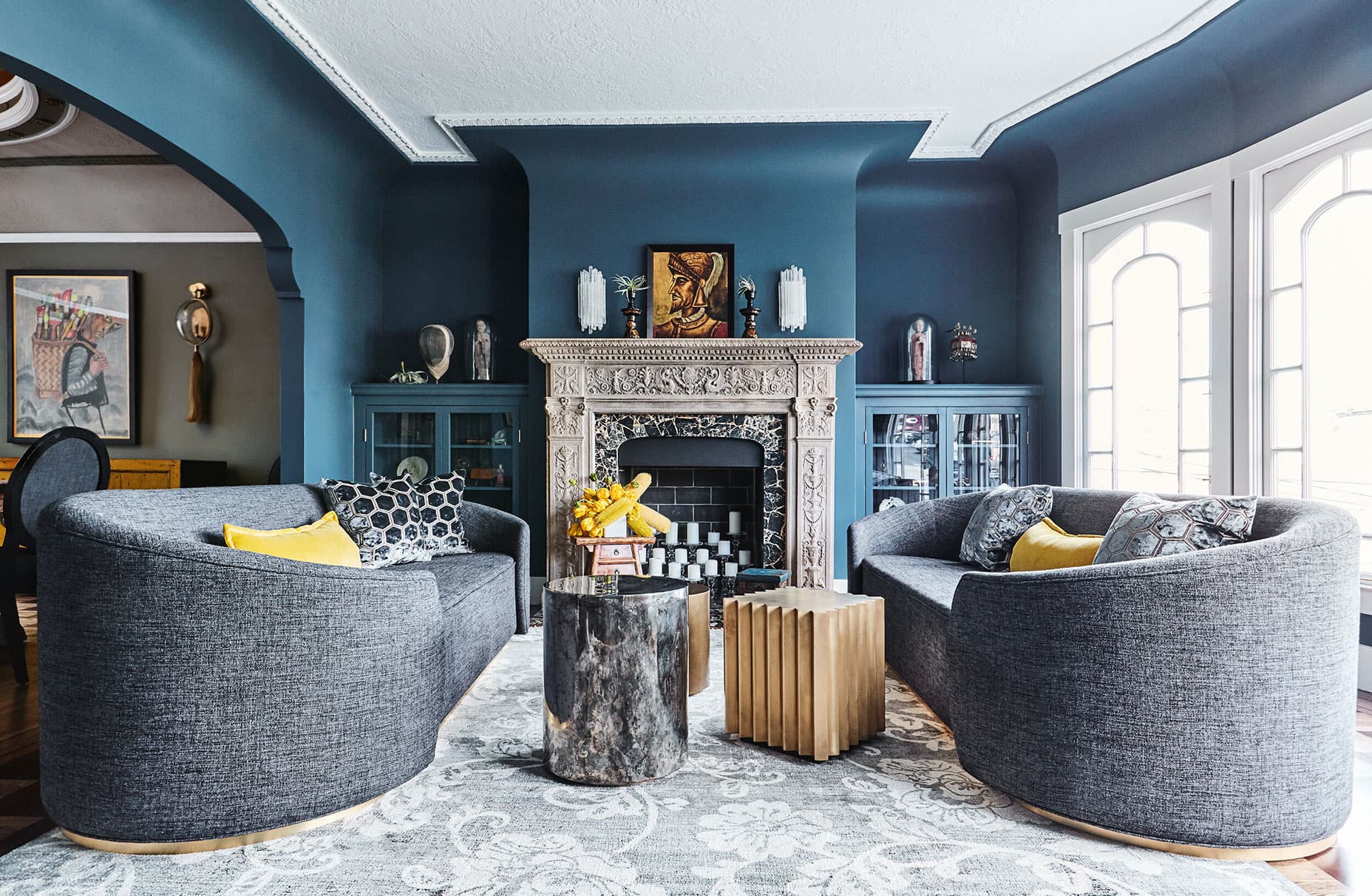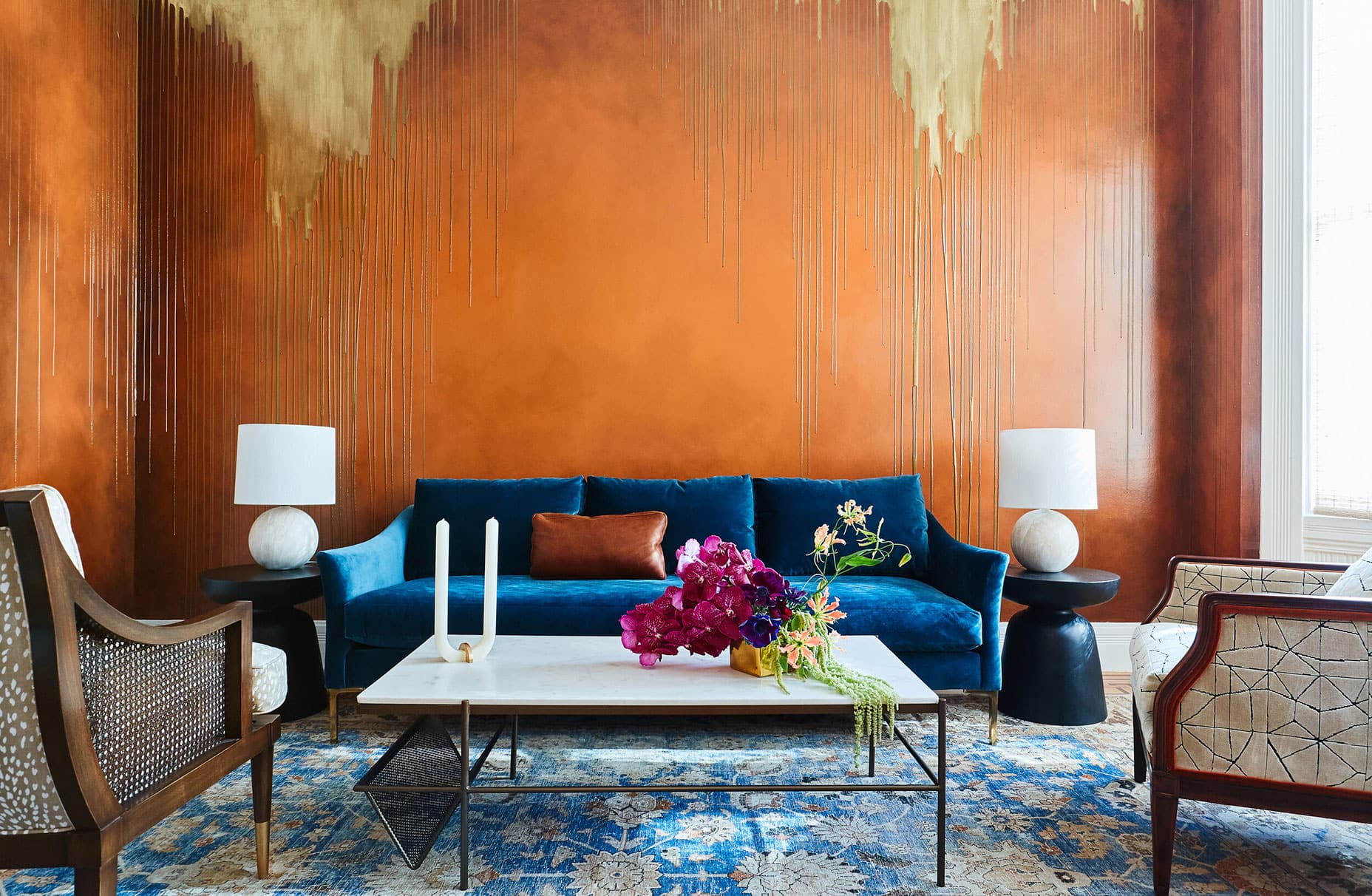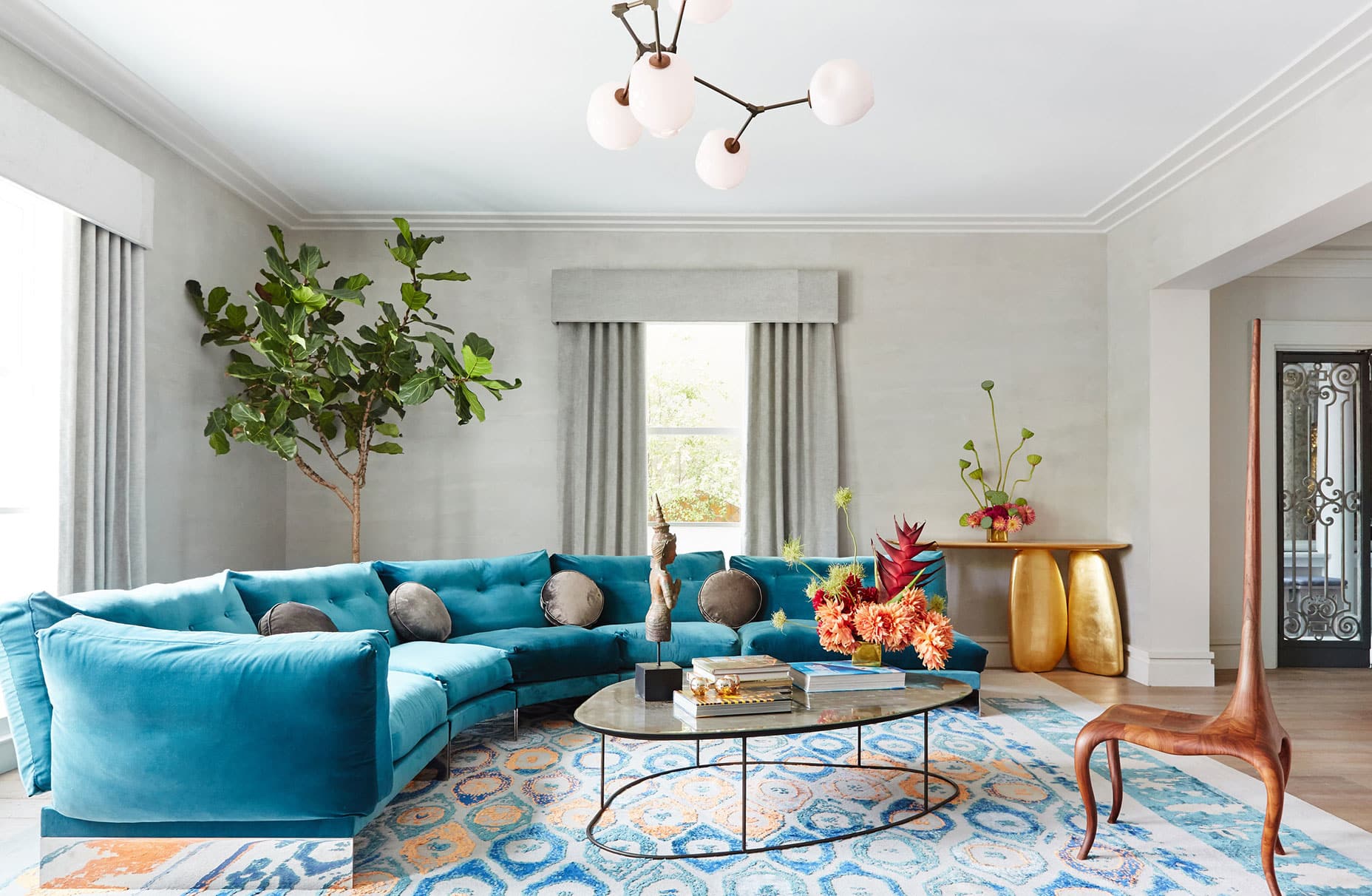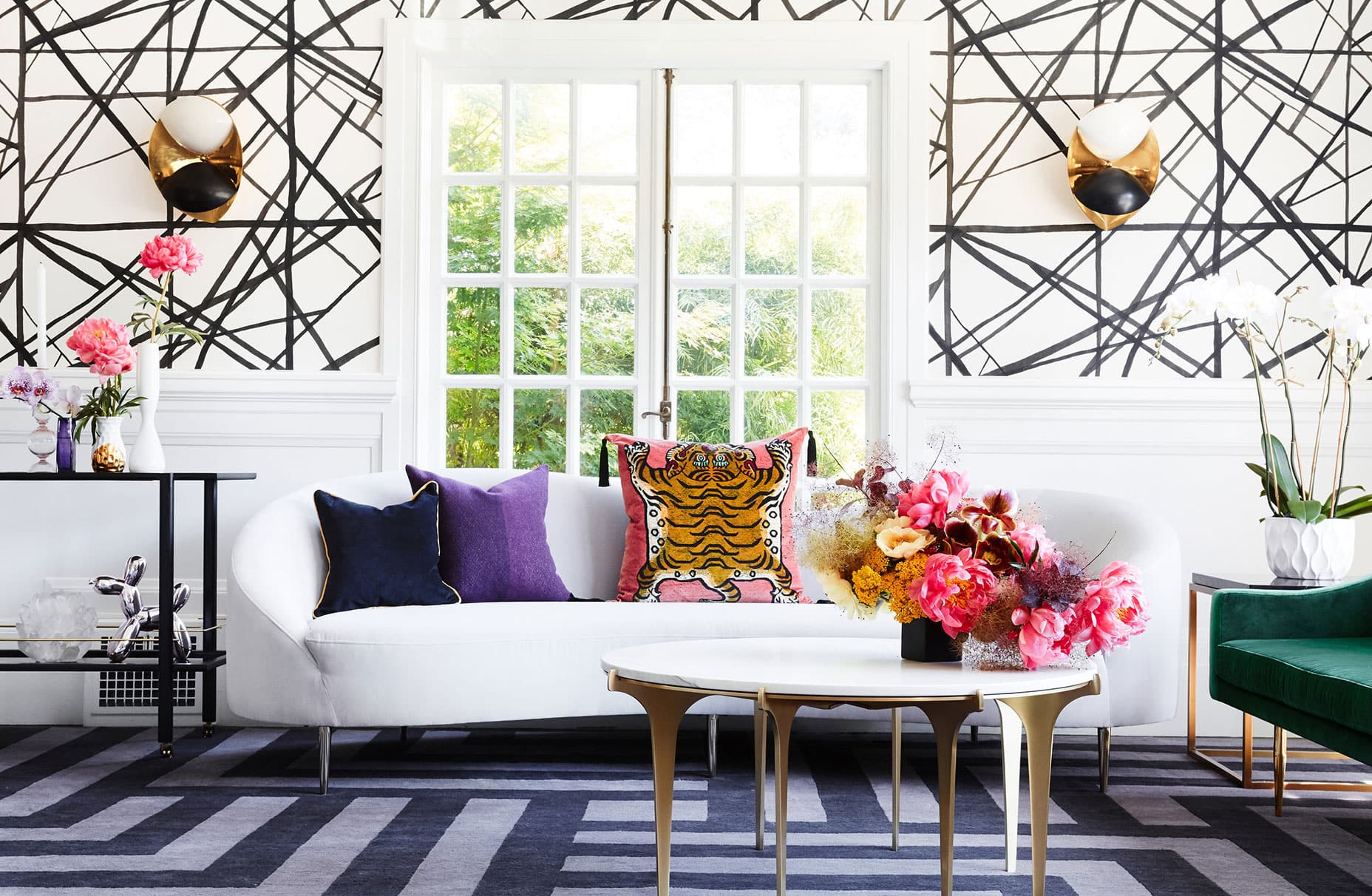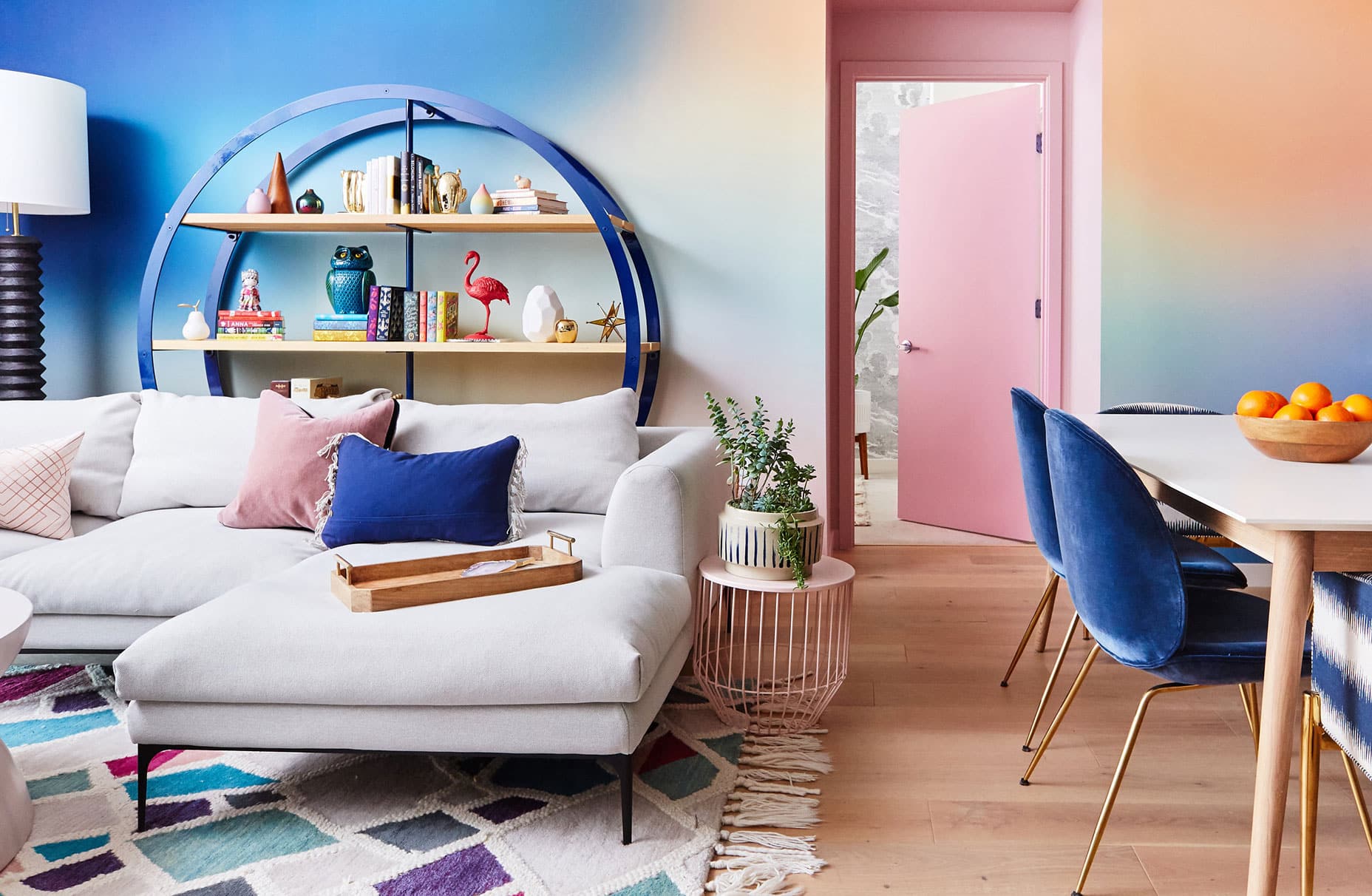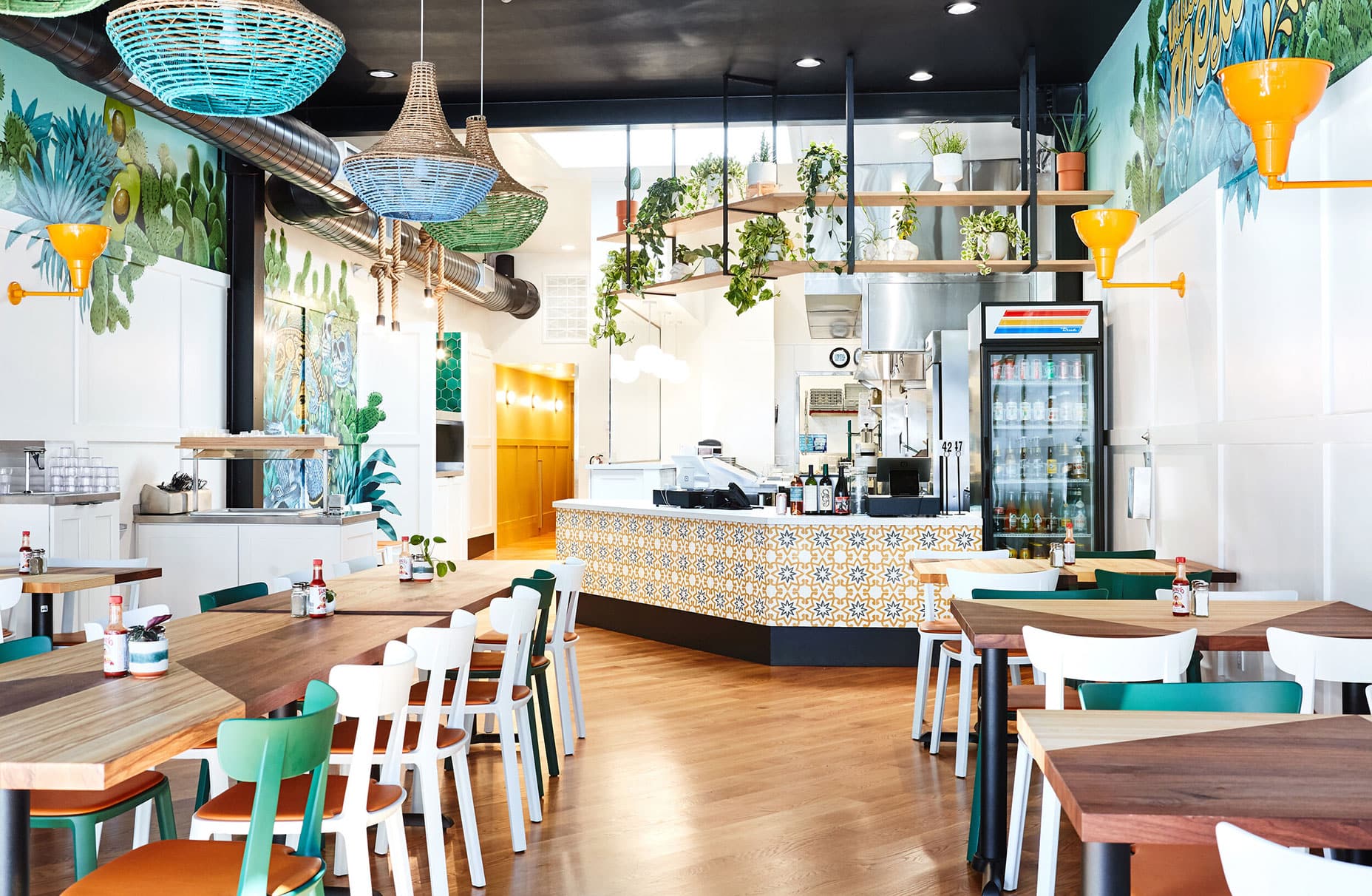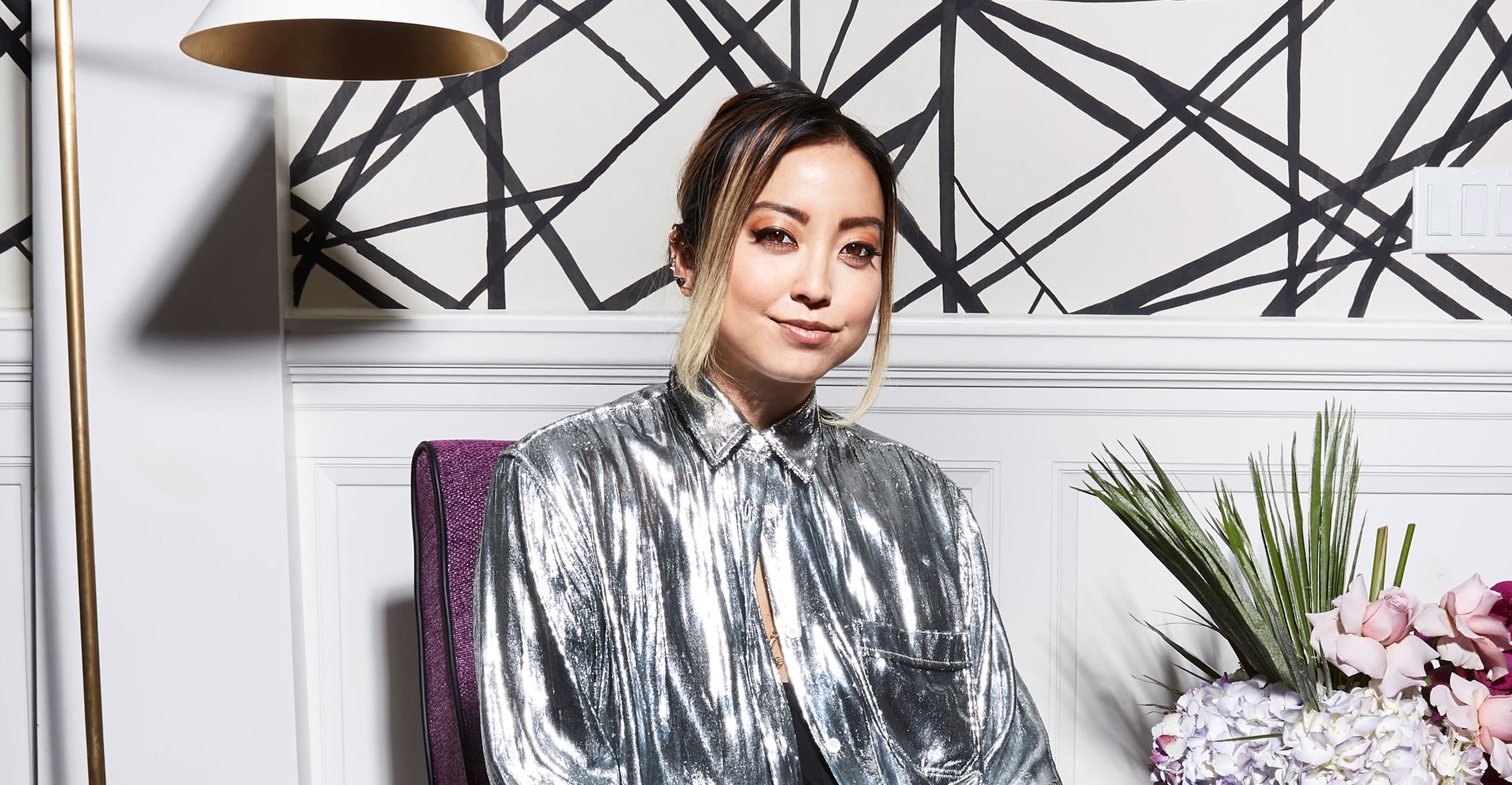Principal Interior Designer + Owner Noz Nozawa gets things done. Having designed residential spaces for clients since 2010, Noz followed her lifelong passion and launched her own firm in 2014 after “retiring” from a successful marketing career.
Thanks to her experience in Fortune 500 and fast-paced startup offices, Noz understands the demands of her clients’ busy lives, and she works flexibly and collaboratively to create thoughtful, original spaces to come home and recharge in at the end of the day. A native Californian, her approach combines luxury + flea market finds, natural materials + new technologies, and hits of bold color + texture to create original spaces that spark conversation and just feel right. Noz has a Bachelors Degree in Economics with a minor in Art History from the University of Pennsylvania.
We sat down with Noz to discuss changing careers, her inspirations and how life post-Covid 19 has affected the way business is done.
Can you tell us how Noz Design was conceived?
I probably knew I wanted to do interior design since I was 6 years old. Everything I loved as a kid was interiors — it was all I cared about making from Legos, the only books I thumbed through at the book store (RIP Bookstar), and my favorite Saturday morning show was “America’s Castles” on A&E. But I come from hardworking Asian (1 immigrant, 1 born of immigrants) parents who wanted me to have a stable career and an easy life, so after a questionably successful marketing career for 6 years, I quit my job to start my interior design business.
How was it switching over from a career in marketing to one in interior design?
To be honest, I was very bad at having a boss, having to be at the office by a specific time and reporting to someone and being assigned tasks. A part of me knew I should work for myself instead, but there was zero passion for starting a marketing business (although in my abject terror of quitting my stable job and making no money, I did entertain the notion of becoming a “marketing consultant” for a while). So I took the leap pretty drastically! I think I knew this was my career’s next step because a week before I quit my job, I got in trouble for visibly working on a room design for my friend in the office, but it took at least 18 months of flailing around as a new business before I felt confident my decision would stick.
How does environmental sustainability factor into your projects?
Having grown up in Southern California during the drought of the late 80s-early 90s, sustainability is always a part of our work’s DNA, even though I wouldn’t say my firm is known for that value. One of my favorite ways that we design sustainably, is we try and keep or reupholster/refinish anything that the client wants to keep, or that I think can totally work without replacing it. I also reject the notion, and discourage clients from being tempted into the idea, that they can just replace furniture in a few years if they get tired of it or if their families “ruin” it. I think investing in quality pieces (whether new production or vintage/antique) that will last and are made by hand (with lower manufacturing waste and realer-to-nature materials), that will become a part of the texture of your family’s story at home, is so beautiful and a win:win when it comes to sustainable design too. Also, I have from the beginning of my firm been very adamant about not taking on projects I felt were wasteful: for instance, early in my career, I had this huge project opportunity to design a home from the ground up; but the well-designed house that was there had been built from scratch only 6 years prior by the previous owner, and I couldn’t stomach what felt like such an unnecessary demolition, especially because this particular property was in an area where there were empty lots they could have chosen instead. I’m proud that I made that tough call at a time when my firm really could have used a new project.
Because I’m self-taught, I think that my aesthetic was able to form by way of what I personally found compelling and vibrant…
What would you consider to be the biggest change in the field of design and architecture since you opened your firm?
Admittedly, I started my firm in early 2014, so the economy and real estate market in the Bay Area had been strong and growing as I’d been growing my business. So, the biggest macro change in the field really is this COVID-19 pandemic! But separately from that, I’ve noticed that 3D visualizations and renderings have in the past few years become significantly more commonplace and accessible. Design teams can deliver photorealistic renders of rooms to clients, inexpensively and with quick turnaround, and that’s fascinating to consider how, going forward, clients may expect their design concepts to be delivered, and how they are wowed or not by the final in-real-life execution of those designs.
Tell us more about your eclectic style, and what inspires you?
I think I design with a freedom that allows elements to come together in a way that is evocative and interesting and narrative, untethered from the pressure to be strictly beautiful. Because I’m self-taught, I think that my aesthetic was able to form by way of what I personally found compelling and vibrant, and what I’ve felt worked great in a home to give it the sense of energy or whimsy or sense of humor or playfulness that clients are wanting from their spaces. As for inspiration, like many designers, I find it everywhere — but recently, without access to actual travel or actual experiences outside the home, I’ve been loving exploring the world of birds online (maybe this is revealing how weird I am). I find the plumage of many birds around the world absolutely intoxicating. The fact that many avian species have evolved to be increasingly beautiful and visible — even at the expense of camouflage protection against predators, even at the expense of optimal feathers for flight or speed — is the stuff that my inner child and forever animal nerd just loses my breath over.
How do you predict design and architecture will evolve over the next couple of decades?
One of my chief skills in life is the ability to be fine not knowing what the future holds. But I am highly curious to see if the acknowledgment that we as a human species are susceptible to pandemics, will influence the way that we design urban and public spaces and shared residential spaces. Will open concept offices finally find their end? What does any of this mean for communal-living (I’ve designed one so I’m keen to see how that plays out) and the density we allow our public spaces to have? Will the average apartment home get bigger as people begin to spend more time at home, or depend on their homes to be the backup plan in case of future unknowable quarantines?
How has the Covid-19 quarantine changed the way you do business?
I think it’ll be super interesting to see how this pandemic changes business in the long term once we’ve had a cycle of life reopening, a second wave of new infection cases, and withdrawing/re-shutting down. But in this immediate quarantine experience, mostly I’ve kind of returned to a silver lining place of openness to smaller projects. As my business was growing over the past couple years, I started having to turn down opportunities that sounded fun but were not large enough scope for my very small team to be able to take on. Well, Quarantine sure did fix that!! It’s been actually very rewarding to have more capacity in our team schedule to put extra care and thoughtfulness into each project, no matter the size. And that’s been a principle I’ve wanted to return to: protecting the flexibility to take on fun small projects that are creatively inspiring. We’ve also had to start taking on projects without having much, if any, time in person on site (relying on site sets from architects or video chat / FaceTime), which is making me rethink our capacity to take on remote projects! We’ve been working on a few bathroom renovation designs in Aspen, and the fact that it’s going very well is giving me a lot to think about!
From a day to day standpoint, my one designer on the team has been remote since 2020 started, so we had a couple months’ practice at fine-tuning our working-together-while-apart culture, so COVID didn’t change anything there except that we’ve been experimenting with half-day Fridays and the every-other-Friday-off work week!
